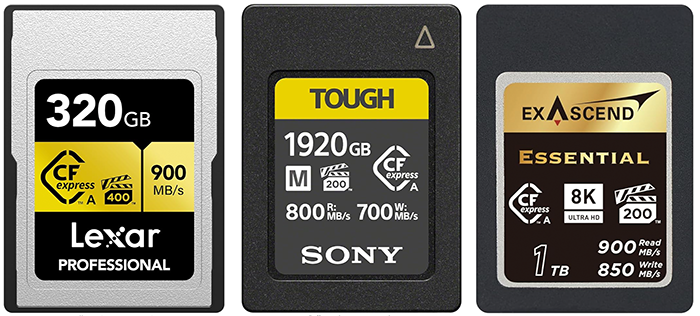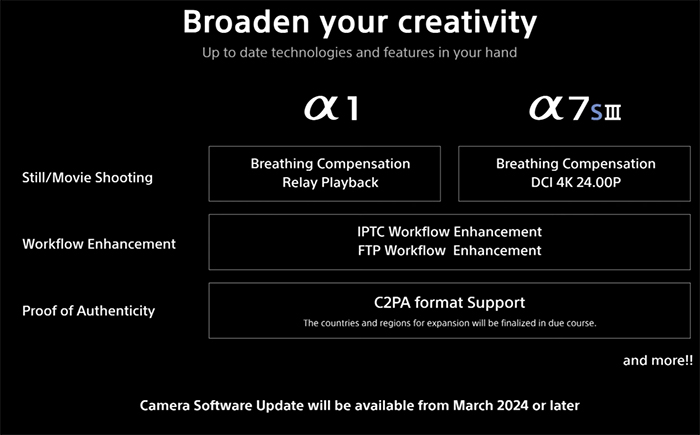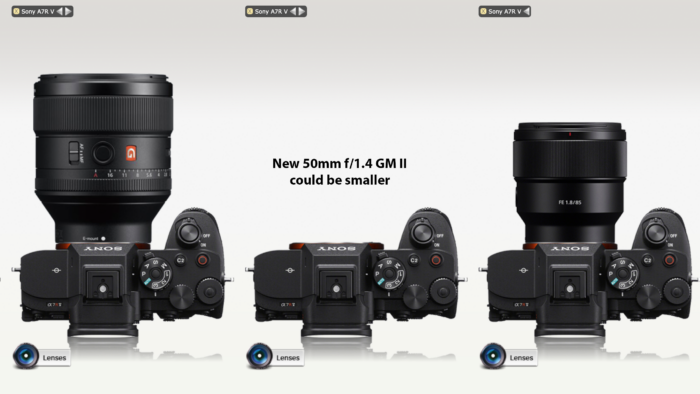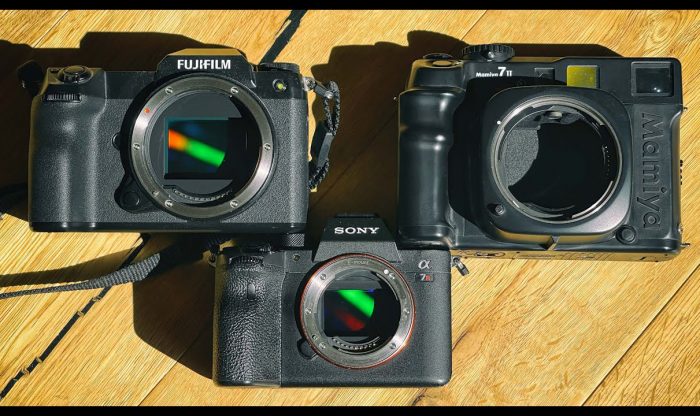New Camera Dials Design idea (by Edd)
This is a Guest Post from Edd (bokehpano.com/design). All images and text used with permission.
DESIGN – CAMERA DIALS
Here’s a design I made to show my ideal camera dials. Inspired by retro 70/80’s designs I added some digital features as buttons and dials. Like some other modern designs (Nikon Df & Fuji cameras etc.) I wanted an ISO dial. However I soon realised that I hardly ever changed the ISO, what I needed was a way to see and control ‘auto ISO’. These are the design philosophies that evolved from there:
-
Main camera dials can be seen and changed at a glance (even when the camera is off).
-
Switching a dial between auto and manual will always remember the manual setting (manual setting can be seen in auto mode).
-
Limits for Shutter speed and ISO can be also be seen disabled & manipulated (even when the camera is off).
-
In ‘Auto’ mode the dials sit with the surface of the camera to make it look and behave more like a basic camera.


Mode A – AUTOMATIC MODE
With the top-plate dials flush with the surface (down) the camera is in Automatic (point-n-shoot)mode . ‘Smart Auto’ functions can be enabled by moving the switches behind them and then their limitations can be moulded to the photographers shooting style. This is how the ‘Smart Auto’ functionality works:
-
The Shutter Speed dial (right) has a minimum value indicated on its outer ring*. When the Shutter Speed drops to this limit it will lock and the ISO value will increase instead. ISO warning light turn on.
-
The ISO dial (left) has a maximum value indicated on its outer ring. When the ISO value raises to this limit it will lock and the shutter speed will reduce further than it’s limit. Shutter Speed & ISO warning lights turn on.
* The Shutter Speed limit can be set to a specific value, or it can be set to the FOV of the lens (50mm = 1/50th second). This value can also be compensated from -2 to +2 stops using the values printed outside the ring.
Other notes concerning cameras functionality:
-
The aperture ring (the physical dial on the lens) can be set to a specific value or Auto, which is independent from the ‘Auto’ functions on the camera’s top plate. (Sorry I forgot to add an ‘A’ on the aperture ring)
-
Each dial is enabled (Manual mode) or disabled (Automatic mode) by pressing it down, it would then spring up if it was down, or click and lock down it is was up
-
The min/max values (outer dials for each) can be moved at any time
-
The lens is a 50mm f/1.0, it manages to stay relatively small due to a curved sensor design, which adapts the curve shape for each lens / focal length.

Mode B – MANUAL MODE
With the dials protruding (in the up position) they are in manual mode . enabled when the dials are protruding from the camera’s top plate. The idea was to have all of these features as physical dials and everything would be able to be seen at a glance.

Coloured Version
Here are the same images as above but with some colours applied and without arrows and text.
FEEDBACK WELCOME
If you have any feedback about this design please drop me a message in the contact section (top left). I hope to do another (different) design one day and to make the 3D model’s materials in substance Designer and thus hopefully it will look more realistic than this viewport screengrab.
Original article at https://www.bokehpano.com/design




